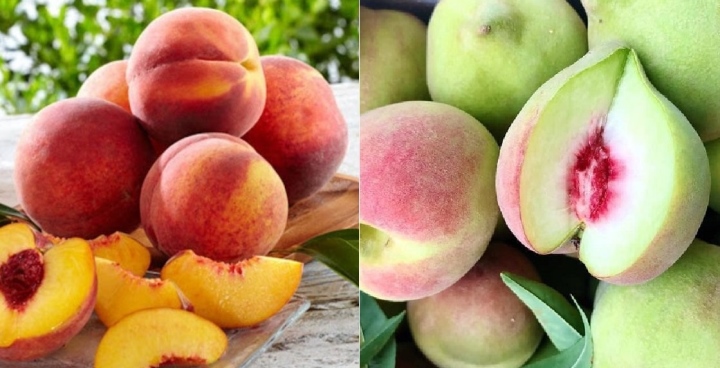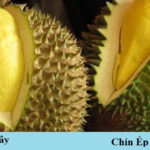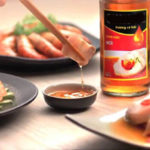Summer is the time when peaches are ripe, and it’s also the time when peaches are most fragrant and relatively inexpensive. During the peak season, there are many different types of peaches available on the market, each with its own unique shape and color. However, not every beautiful peach has a great taste. How to determine if a peach is delicious or not, and should you choose big or small peaches, these are the questions that many people have.
Should you choose big or small peaches?
The weight of the peach is one of the important criteria to consider when making a purchase. Generally, ripe peaches will be heavier, while lighter peaches may not be fully ripe or may be soft.
For example, if you have two peaches of similar size, the one that is heavier will be juicier and tastier. Therefore, choose the heavier peaches to ensure freshness and ripeness.
So, there’s no need to worry about whether to choose big or small peaches, just pay more attention to the weight. If you have to choose between big and small peaches, you can use the weight criterion to ensure that you purchase the tastiest peaches.
Should you choose pointed or round peaches?
If you want to enjoy a piece of peach with a strong, sweet flavor, it’s best to choose pointed peaches. Pointed peaches tend to have a richer flavor, more juiciness, and are delicious because they usually grow higher on the tree. Due to receiving more sunlight and nutrients, they are juicier and sweeter.
If you prefer softer fruit, then round peaches are the best choice. Round peaches have relatively smooth and tender flesh. Compared to pointed peaches, round peaches are lower on the tree, receiving less sunlight and fewer nutrients.

Should you choose big or small peaches, pointed or round peaches?
Tips for choosing delicious peaches
To choose the best peaches, follow these steps.
Observe the outer skin
When buying peaches, choose ones with a deep red outer skin interspersed with greenish-yellow color. The peaches should not have any bruises, cracks, or any signs of damage.
For fuzzy peaches, choose ones with evenly distributed fuzz on the outside, without any shedding. The stem should still be fresh and not damaged. As for smooth peaches, do not choose ones that are too shiny as they may have been handled by many people and accidentally crushed.
Observe the color
Ripe peaches usually have a consistent pinkish-red color. Naturally ripe peaches may have some uneven reddish-yellow spots. The color of the peaches should be bright, without any spots, bruises, or roughness. The stem should have a pale brown mixed with greenish color.
Note that you should not choose peaches that are evenly red and beautiful as they may have been treated with ripening agents. Many peaches have a greenish-white base mixed with pink or reddish color, and these are normal.
Observe the stem
You can assess the freshness and ripeness of peaches by looking at the stem. If the area around the stem is greener, it means the peach is not fully ripe, while if this area is reddish-pink or orange, it indicates that the peach is fully ripe and sweet.
Choose peaches with stems because peaches that have already fallen off the stem have usually been picked for a long time or are overripe, not as fresh and tasty as other peaches.
Smell the aroma
Naturally ripe peaches have a distinct, fragrant aroma. When you hold a peach close to your nose, if it emits a sweet, strong peachy smell, then it is a delicious peach.
Touch the skin of the peach
Ripe peaches are still firm but not too hard or too soft. The flesh of the peach should have a good bounce when gently pressed. If it feels too hard, it’s not ripe yet, and if it’s too soft, it’s not the best quality.
Many people don’t like peaches with fuzz, so they tend to choose smooth peaches. This is a misconception because fresh peaches usually have a lot of fuzz. This thick layer of fuzz protects the freshness and taste of the peach.
Peaches that have been picked for a long time will have less or almost no fuzz left. Therefore, from the peach fuzz, you can assess whether the peach has been picked long ago or recently, whether it is fresh or not.
Source: VTC.














